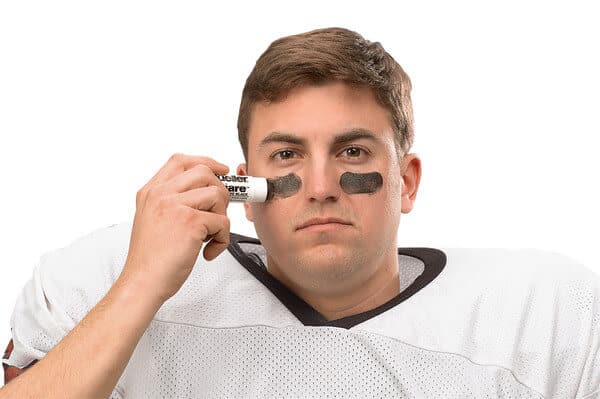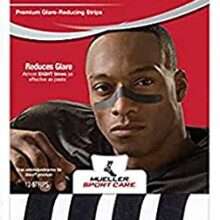No Glare Strips – Premium & Regular
Login For Dealer Pricing
Mueller no glare strips come 36 in a pack and offer both performance and convenience advantages over the more traditional no glare sticks and paste. Perfect for minimizing interference from sun and bright lights when competing or training. With improved vision comes both enhanced player performance and safety. Available in original, premium and stealth performance levels.


